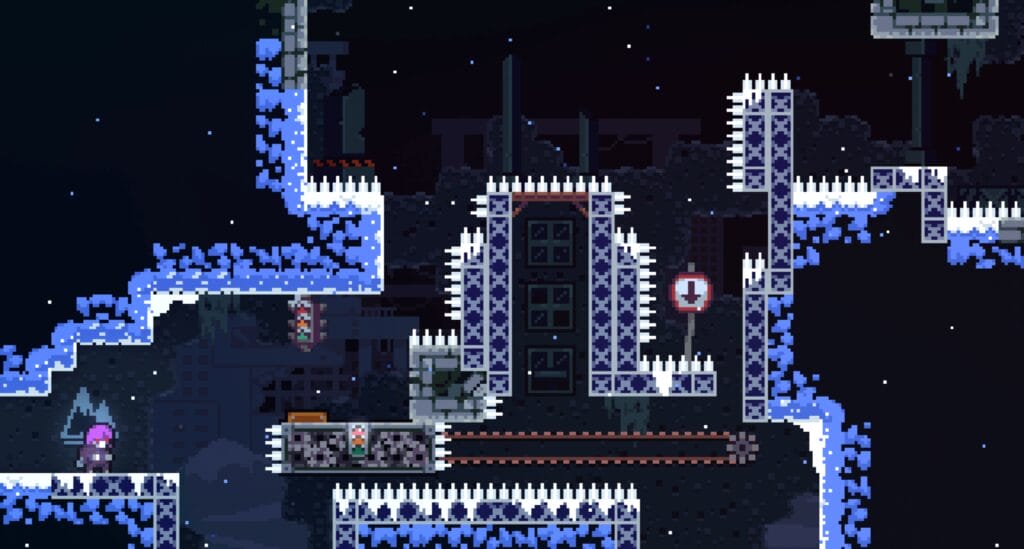Unlock the secret to crafting of how to design a platformer game with this ultimate guide to mastering the artful design process.
In the vast realm of video game design, platform games hold a special place. With their unique gameplay mechanics and nostalgic appeal, these games have captivated players for decades. If you have ever dreamed of creating your own platform video game, this comprehensive guide will take you on an inspiring journey from ideation to a fully-fledged game. Buckle up and let’s embark on this adventure together!
Contents: How to design a platformer game
Understand the Basics
Before delving into the intricate details of designing a platform video game, it is essential to grasp the core elements that define this genre. Platform games are characterized by their focus on jumping, running, and navigating platforms and terrains in order to progress through levels. Take some time to analyze popular platform games like Super Mario Bros, Donkey Kong, or Celeste to gain insights and inspiration for your own creation. Additionally, define the target audience you envision for your game, as it will influence the overall design and complexity of your levels.
Platformer games are a classic and popular genre where players control a character and navigate through levels by running, jumping, climbing, and avoiding obstacles and enemies. Well-designed platformers provide challenging but fair gameplay that tests players’ timing, reflexes, and problem-solving abilities. When designing a platformer game, there are several key elements to consider and that we will extend below.

Level up your game design skills with our ultimate guide!
Stay in the loop and subscribe to our newsletter for insider tips and industry updates.
if not done correctly than you can fail and produce a bad game
Conceptualize Your Game
Now that you have a strong foundation on platform game basics, it’s time to let your creativity flow. Start by brainstorming unique ideas and themes that resonate with you and your target audience.
Consider the game’s setting and atmosphere – will it be set in a magical forest, futuristic city, or perhaps an underwater world? Furthermore, identify the main character and their abilities.
Will they have a signature power like the ability to double jump, shoot projectiles, or transform into different forms? These choices will shape the gameplay experience and create a memorable adventure for players.
“Unleash your creativity and level up your game design skills with this comprehensive guide to mastering platform videogames. Get ready to create immersive experiences that transport players to extraordinary worlds. [insert link] #GameDesign #GamingTips”
Develop the Game Mechanics
Distinct and polished game mechanics are a cornerstone of any successful platform game. Begin by defining the core mechanics, such as running, jumping, and navigating platforms. Ensure that the controls are responsive and intuitive, allowing players to execute precise movements with ease. Additionally, plan out additional mechanics that add depth to your game, such as power-ups, enemies, and puzzles. These elements will challenge players and keep them engaged throughout their journey. Remember to strike a balance between difficulty and fun, offering both a challenge and a rewarding experience.
Some Game Mechanics that could be used:
- Jumping/double jumping – Allow players to jump and often double jump to traverse levels vertically. Make sure jump height, distance and gravity feel balanced.
- Climbing ladders/ropes – Let players climb up and down ladders or ropes to access higher or lower platforms. Add climbing animations.
- Moving platforms – Convey a sense of timing and reflexes by having platforms that move in set patterns, like rising and lowering or traveling between points.
- Hazards – Spikes, deadly water or lava provide threats. Have consistent rules for what kills players.
- Power-ups – Coins, extra lives, temporary invincibility or speed boosts reward players.
- Enemies – Add patrolling enemies that follow set paths and attack patterns. Stomping on enemies is a common offensive move.
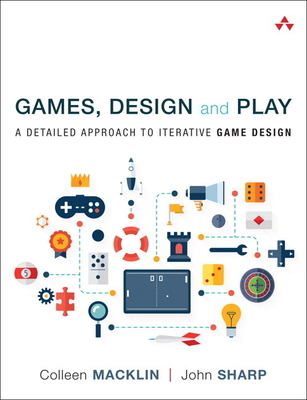
Controls
The controls in a platformer are critical to making the gameplay feel responsive and fair. You want the character’s actions to execute the instant a player presses a button, without any noticeable input lag. Some tips for tight controls:
- Fine-tune values like movement speed, jump height and gravity to find the right ‘feel’. Get feedback from playtesters.
- Support both keyboard/mouse and gamepad in a customizable control scheme. Players have different preferences.
- For keyboard, common mappings are WAD for movement, Space for jump, Shift for sprint/action. Allow remapping.
- For gamepad, use the analog sticks for movement, face buttons for jump/action. Make sure controls work when remapped.
- Test controls thoroughly on your target platforms. Fine-tune responsiveness for each platform.
Include an initial tutorial level that teaches players the basic mechanics like jumping, double jumping, climbing ladders, etc. Gradually introduce actions then have players perform them to progress.
You can provide on-screen prompts showing which buttons perform which actions. Allow players to skip the tutorial if they want.
Having customizable controls lets players remap buttons to better suit their hands and playstyle. Support remapping in a settings screen. Display current mappings prominently in the HUD or pause menu as a reference.
Make sure default controls are intuitive while also allowing experienced players to customize for speedrunning or comfort. This flexibility results in better accessibility.
With fine-tuned physics, customizable controls and a tutorial level, you’ll have controls that feel great across multiple platforms and input devices.
Design Game Levels
A great platform game is defined by its level design. Begin by sketching and mapping out the levels on paper or digitally. Visualize the challenges, platform placements, and flow of the gameplay. Create a level editor using your chosen game engine or an existing one available in the market. Populate the levels with platforms, obstacles, enemies, and collectibles, placing them strategically to heighten the difficulty gradually. This gradual increase in challenge ensures that players remain engaged and motivated to overcome obstacles as they progress further.
For a platformer Level Design you should take in account different elements such as:
- Varied environments – Forests, temples, mines, sky cities. Have visually distinct themes and background art.
- Intuitive layouts – Levels should generally move left to right or bottom to top. Give clear paths for players to follow.
- Rewards for exploration – Hide extra lives, power-ups or secrets off the main path to incentivize exploring.
- Difficulty curve – Start levels easier and escalate challenge at a fair pace. Make later levels genuinely hard but not frustrating.
- Checkpoints – Let players respawn partway through levels so they don’t lose too much progress.
Plan the Art, Animations and Sound
Visuals and audio play a vital role in creating an immersive gaming experience. Start by sketching and storyboarding character designs, breathing life into your main character and supporting cast.
Then, create concept art for environments and levels to establish the game’s aesthetic. Will it be vibrant and colorful, dark and mysterious, or something entirely unique?
Next, develop a sound palette by selecting appropriate sound effects and background music that enhance the atmosphere and complement the gameplay. The right combination of art and sound will transport players into your virtual world.
it should include some elements like:
- Readable silhouettes – The main character should be distinct from the environment and enemies with a clear silhouette.
- Animation cycles – Make idling, running, jumping etc animations smooth. Support directional variations.
- Background parallax – Far backgrounds should scroll slower than near backgrounds to add depth.
- Visual feedback on interactions – Animate or create particle effects when jumping on enemies or collecting items.
Audio
- Retro soundtrack – Evokes classic platformer feel with chiptune or midi soundtrack.
- Responsive sound effects – Jumping, landing, hitting enemies and collecting coins should each have clear SFX.
- Contextual music – Speed up the music tempo during tense moments. Add in percussion when the player is low on health.
Build the Prototype
With a solid foundation in place, it’s time to bring your game to life. Choose a game development software or engine that aligns with your skill level and desired features.
Utilize this software to build a basic prototype, focusing on functional controls and core mechanics. Through continuous playtesting and evaluation, refine the gameplay mechanics to ensure smooth and enjoyable player experiences. Don’t be afraid to make necessary adjustments throughout this phase, as the prototype serves as a stepping stone towards the final masterpiece.
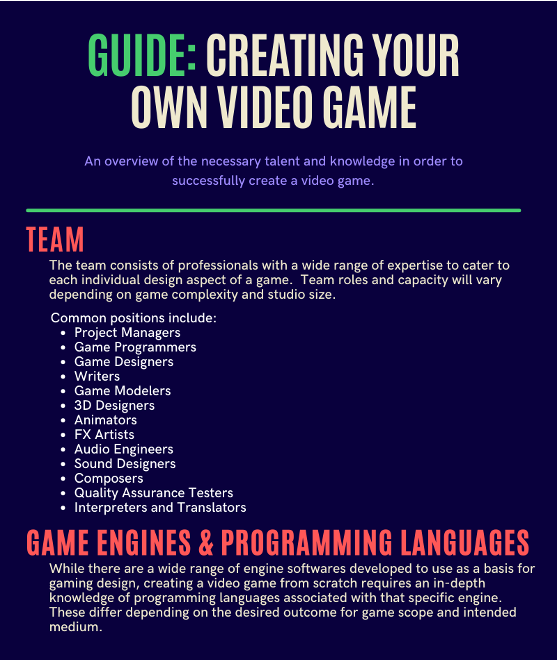
Fine-tune and Iterate
No game design process is complete without thorough testing and iteration. Test your game rigorously for any issues or glitches that may arise. Pay close attention to player feedback and refine the gameplay, controls, and level design based on their suggestions. Iteration is an essential part of the development process, enabling you to polish your game and provide an optimized experience for players. Embrace this phase with an open mind, as it’s an opportunity to make your game even better.
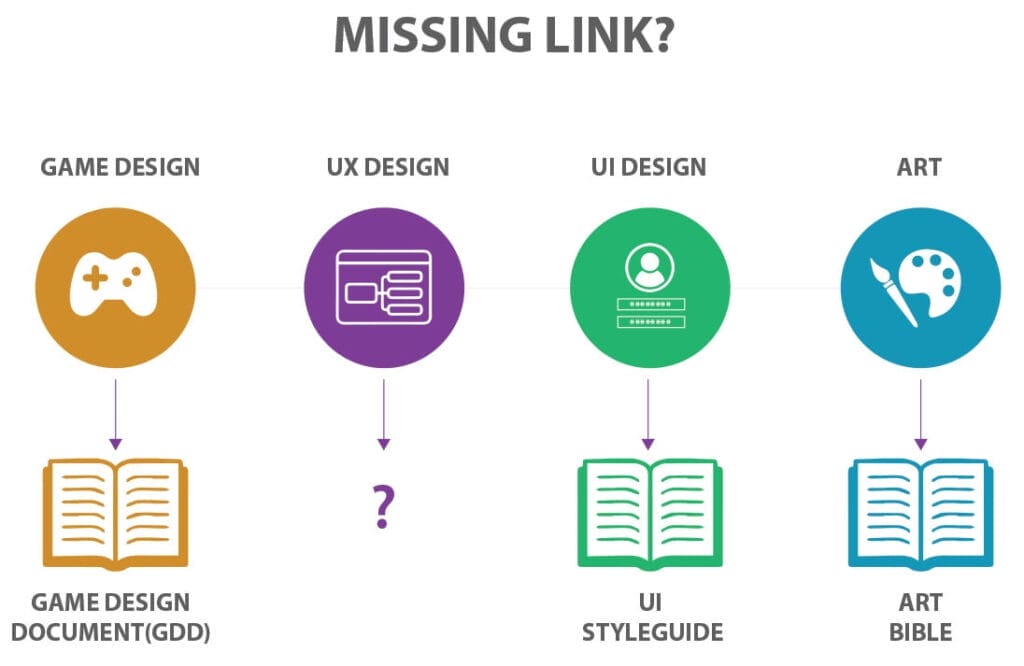
Image courtesy of linkedin.com via Google Images
Add Visual Effects and Polish
Now that your game is in its final stages, it’s time to elevate the visuals and add that extra shine. Integrate animations for characters and objects, breathing life into the game world. Enhance the visuals with lighting effects, particle systems, and other visual elements that amplify the game’s atmosphere.
Simultaneously, pay attention to the sound effects and background music, fine-tuning them to match the action on-screen. The combination of immersive visuals and captivating audio enhances the player’s overall experience and leaves a lasting impression.
Finalize Your Game
As the finishing touches come into place, prepare your game for release. Create an appealing title screen, captivating game menus, and a user-friendly interface. Implement a save system or any desired additional features that enhance the gameplay experience. Perform thorough testing, fixing any remaining bugs and optimizing the game’s performance. Take pride in your creation, as it is a testament to your dedication and talent.
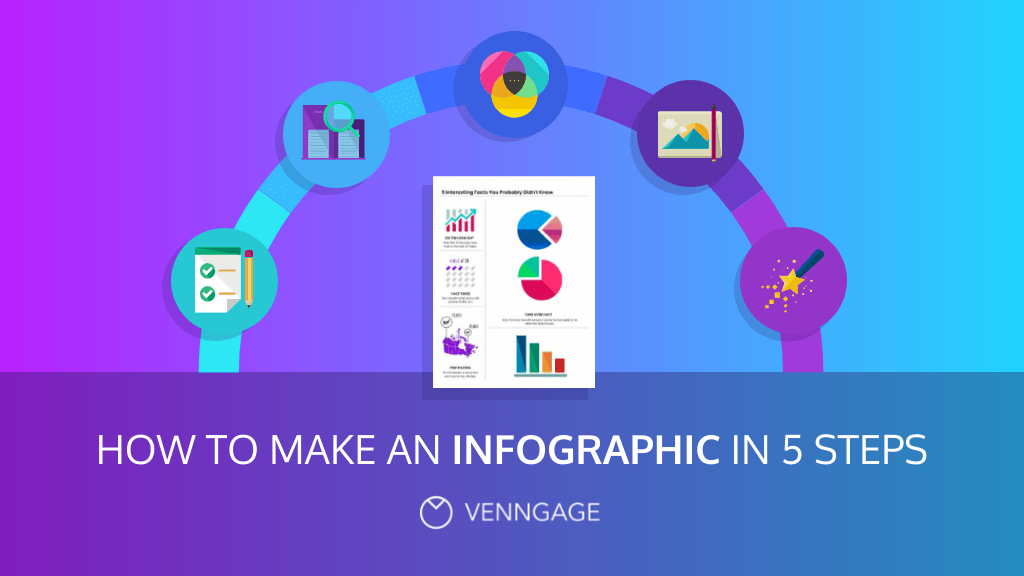
Launch and Share Your Game
Once you’re satisfied with the final product, it’s time to release your game to the world. Choose a platform or distribution method that suits your goals and resources, whether it’s launching it on a website or distributing it through app stores. Create promotional materials like screenshots, trailers, or gameplay videos to captivate potential players. Engage with your audience, gather feedback, and diligently work on updates if necessary. This is your moment to shine as a game developer, sharing your unique creation with the masses.
Level up your game design skills with our ultimate guide!
Stay in the loop and subscribe to our newsletter for insider tips and industry updates.
Video Reference How to design a platformer game
Conclusion: How to design a platformer game
Designing a platform video game is an exciting journey that requires immense dedication, creativity, and patience. As you embark on this adventure, remember that the process is as important as the final product. Embrace every step of the way, from the initial ideation to the release and beyond.
Stay true to your vision, but also be open to feedback and iteration. With passion, determination, and a touch of inspiration, you can create a platform video game masterpiece that will captivate players and leave a lasting legacy in the gaming world. Let your imagination soar and start designing your next gaming masterpiece today!




















